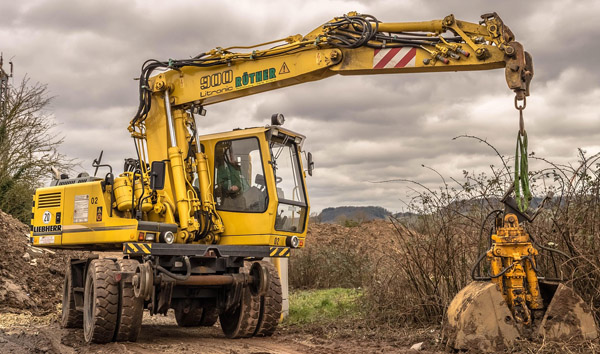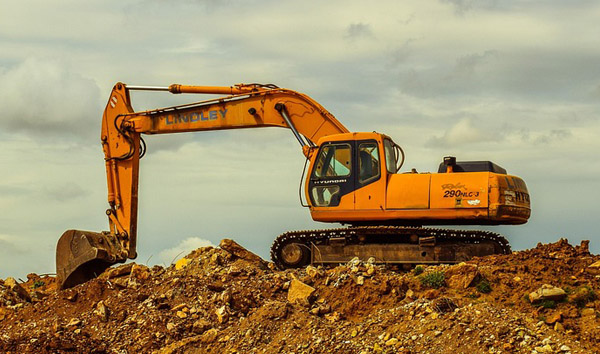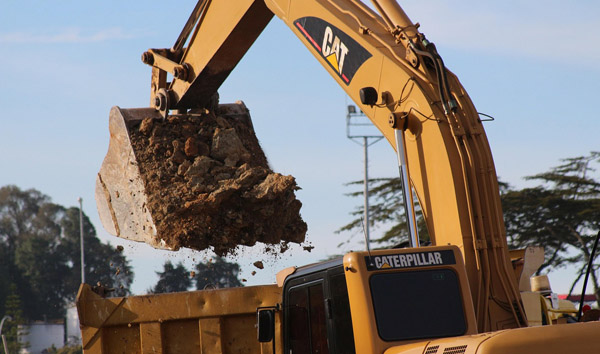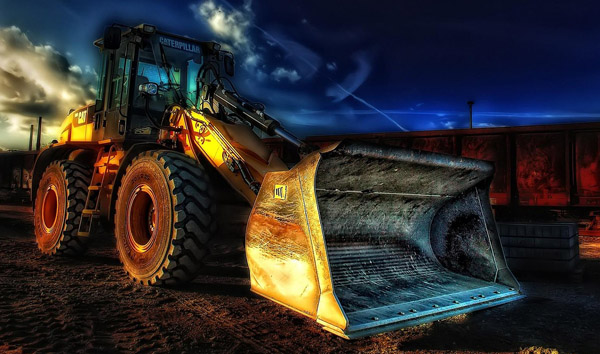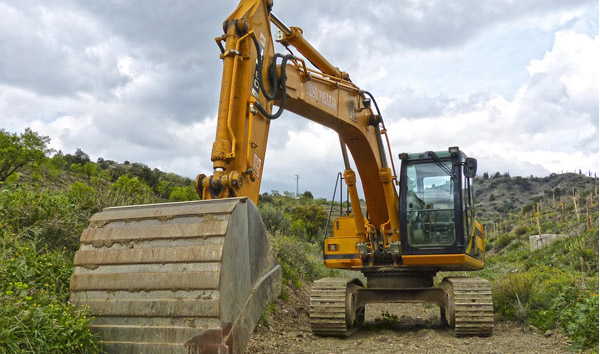Navigating the Complexities of All-Terrain Forklift Specifications
2025-08-06 05:15:29
All-terrain forklifts are engineered to handle uneven surfaces, steep inclines, and outdoor job sites where standard forklifts falter. One of the most critical specifications is load capacity, which typically ranges from 5,000 to 12,000 pounds for heavy-duty models. Higher-capacity units often feature reinforced chassis and hydraulic systems to maintain stability under stress. Additionally, all-terrain forklifts must account for dynamic load shifts when traversing rough terrain, making load center specifications equally vital for safe operation.
Engine power is another defining factor, with most all-terrain forklifts equipped with diesel or LPG engines producing 75 to 150 horsepower. These engines provide the torque necessary for climbing gradients up to 30% while maintaining fuel efficiency. Advanced models may include turbocharged options for enhanced performance in high-altitude or extreme-temperature environments. The integration of emission control systems, such as Tier 4 Final compliance, ensures adherence to environmental regulations without sacrificing power output.
Tire design plays a pivotal role in all-terrain forklift specifications, with pneumatic or solid rubber tires being the most common. Pneumatic tires offer superior shock absorption on rocky or muddy surfaces, while solid rubber variants minimize puncture risks in debris-heavy areas. Some models feature adjustable tire pressure systems, allowing operators to optimize traction based on terrain conditions. The tread pattern and width also influence stability, with wider tires reducing ground pressure for softer surfaces like sand or snow.
Stability features are non-negotiable in all-terrain forklift specifications, given the unpredictable nature of off-road environments. Features like oscillating axles, dynamic load-sensing hydraulics, and anti-rollover technology ensure safe operation on slopes and uneven ground. Many modern units include telematics systems that monitor tilt angles and load distribution in real time, alerting operators to potential instability hazards. These advancements significantly reduce accident risks while maximizing productivity in challenging conditions.
Finally, operator comfort and control systems are integral to all-terrain forklift specifications. Ergonomic cabins with shock-absorbing seats, climate control, and intuitive joystick controls enhance efficiency during long shifts. Some high-end models offer automated terrain response systems that adjust power distribution and braking based on surface conditions. As industries increasingly rely on all-terrain forklifts for construction, agriculture, and logistics, these specifications will continue evolving to meet higher demands for safety and performance.




